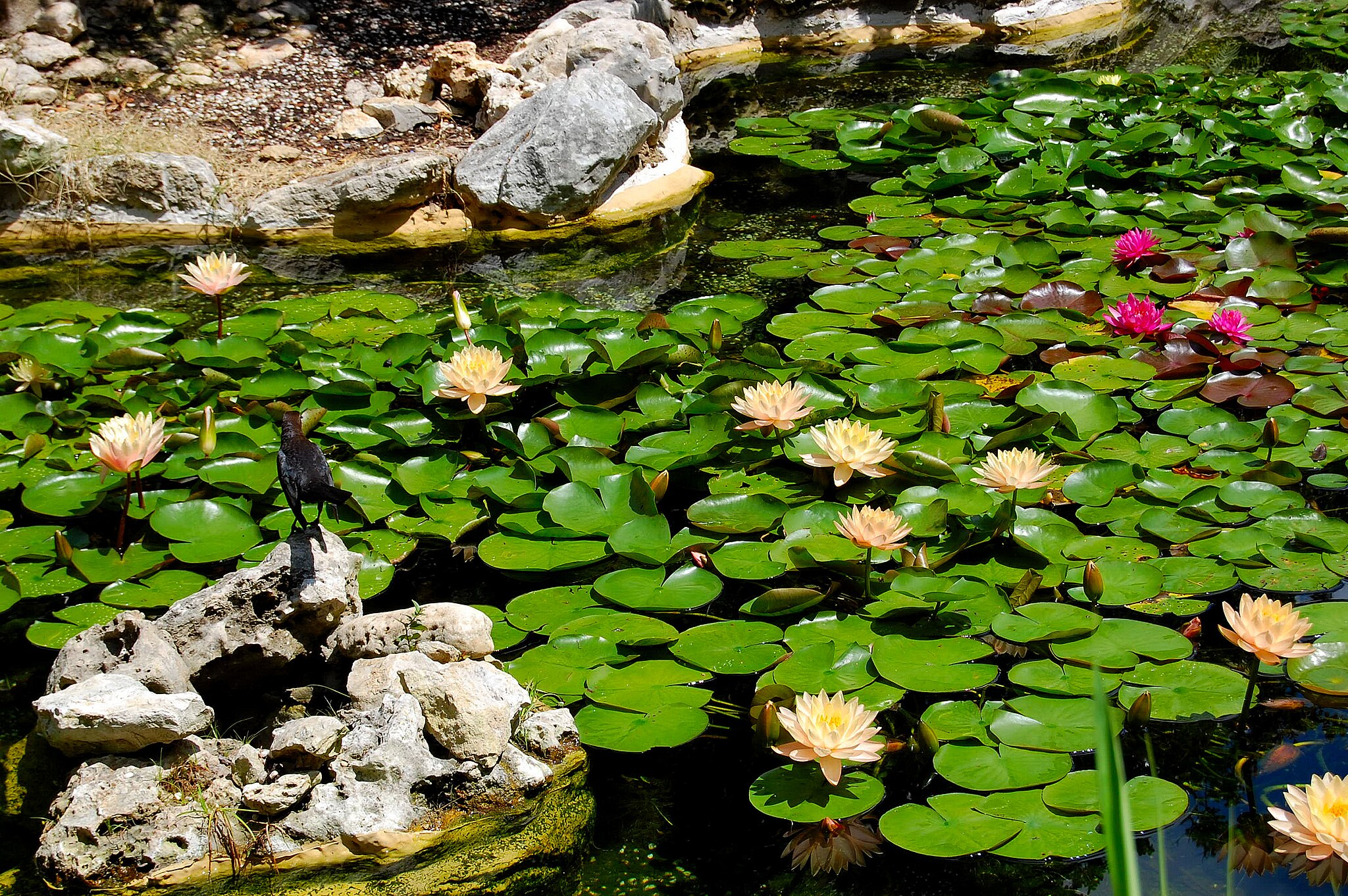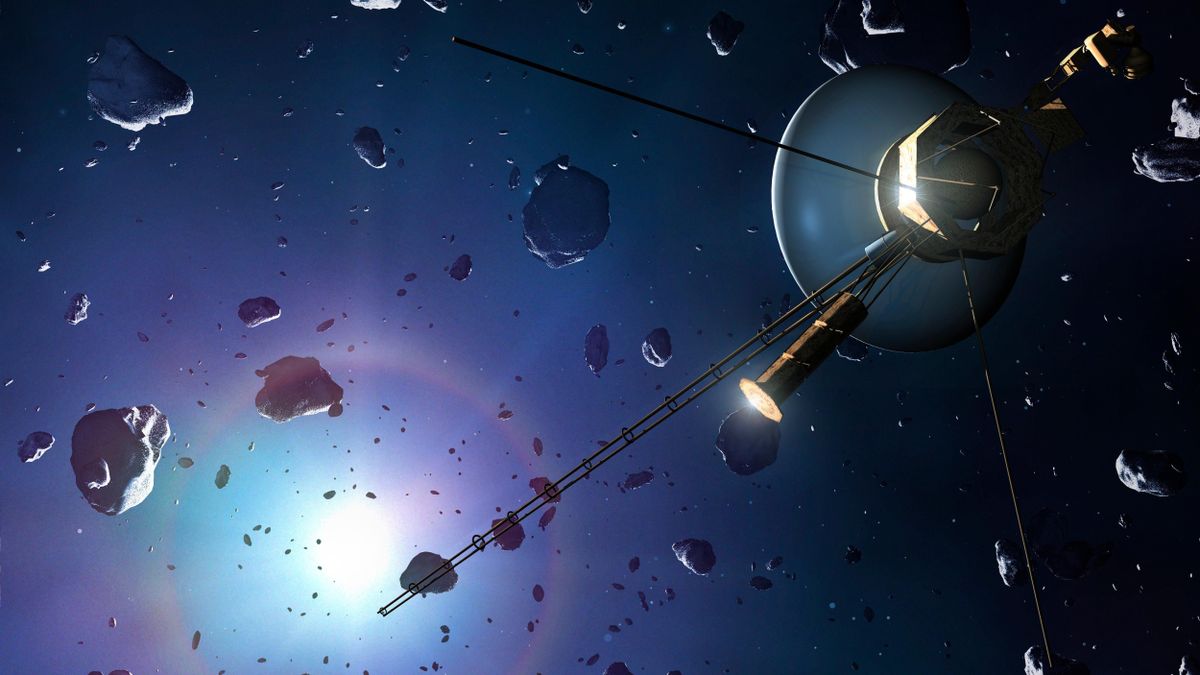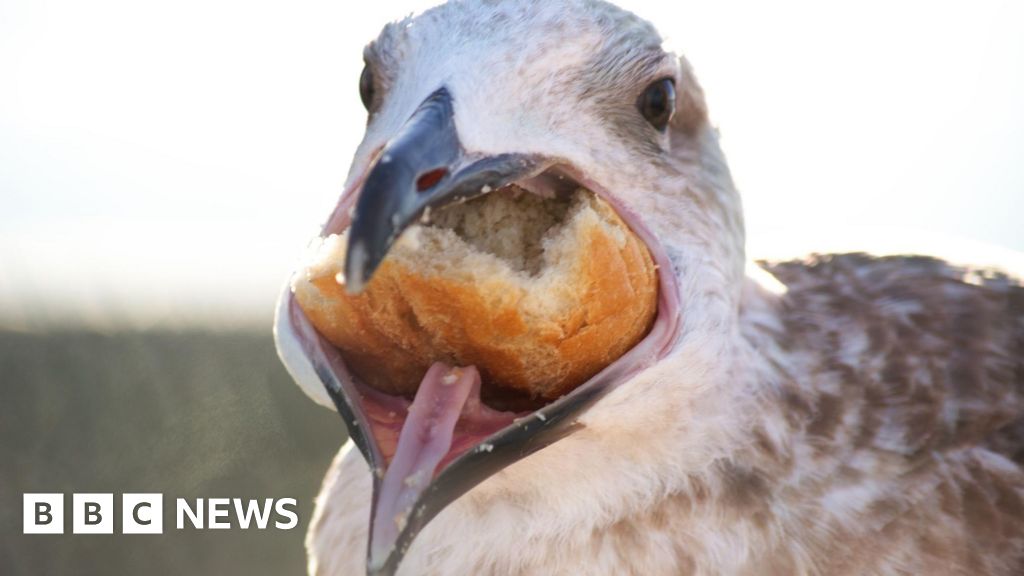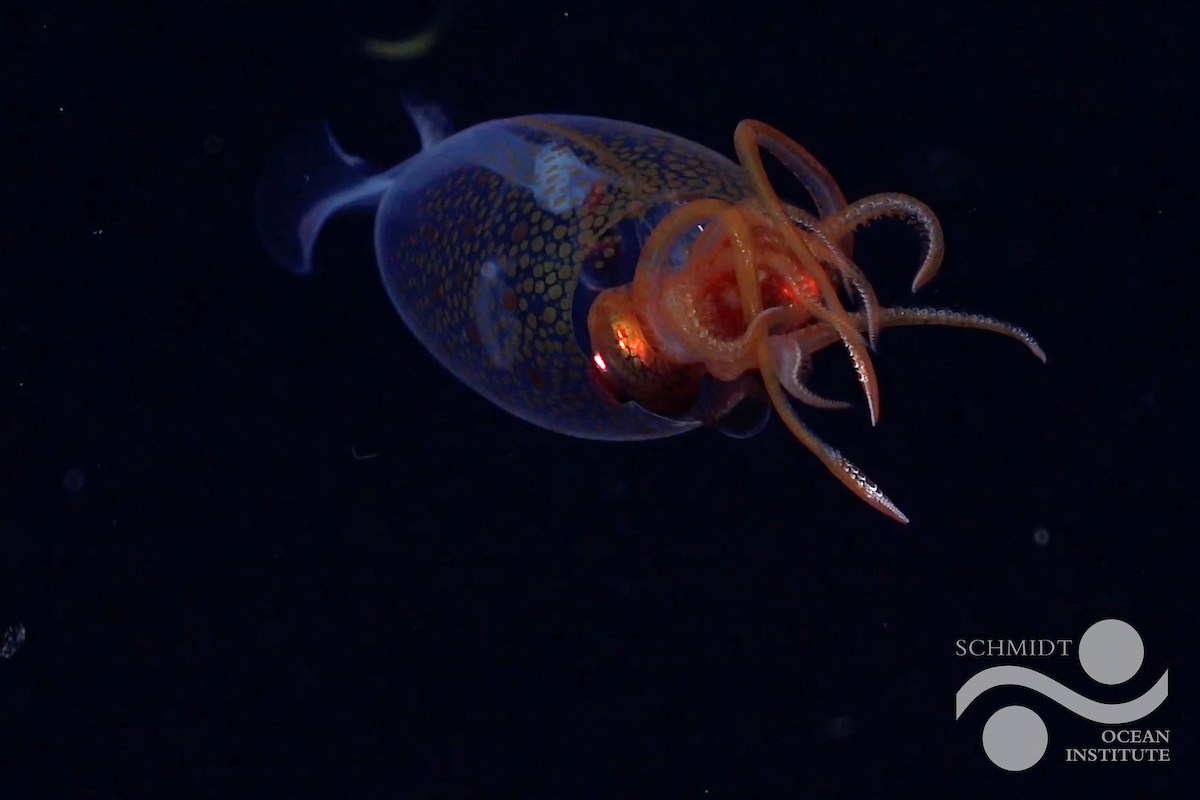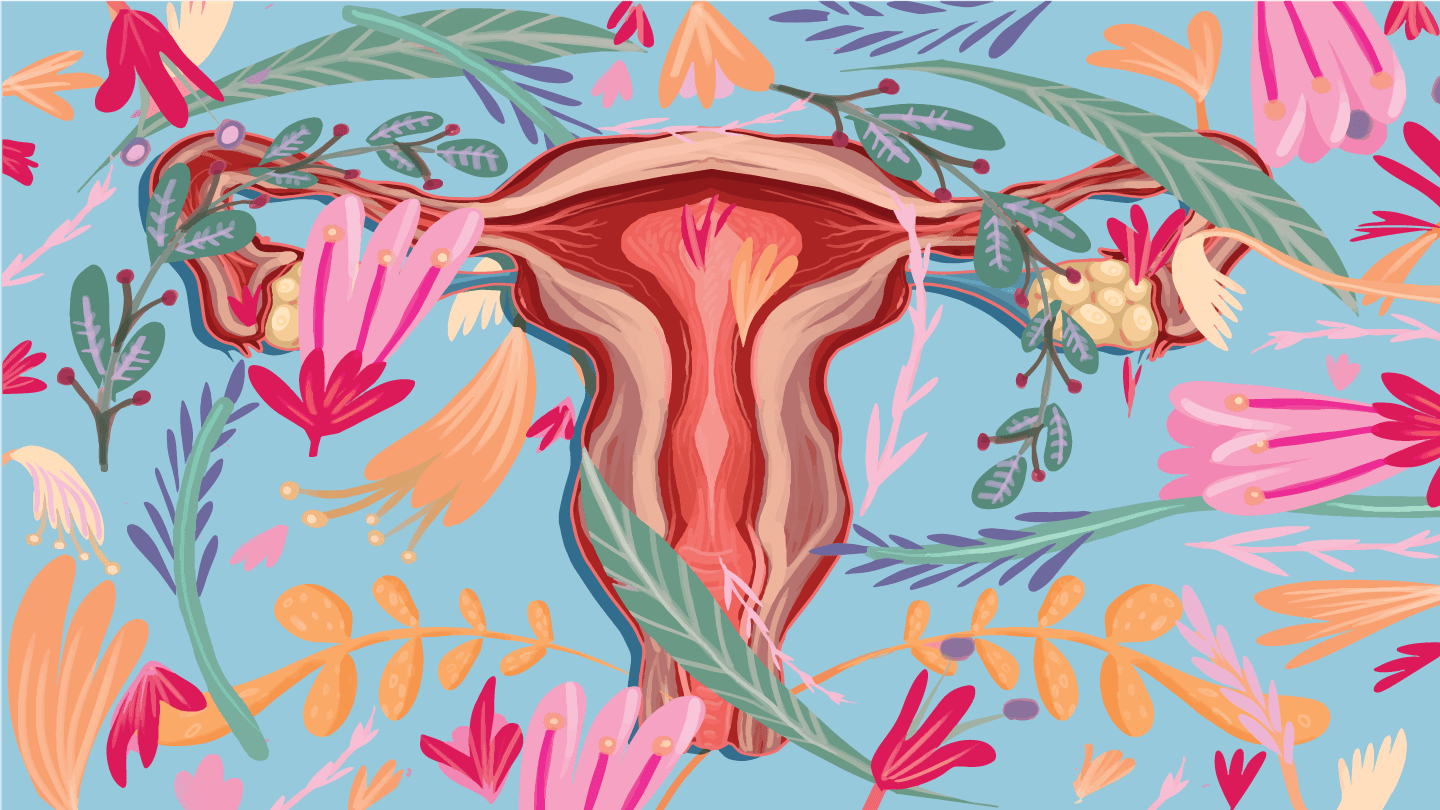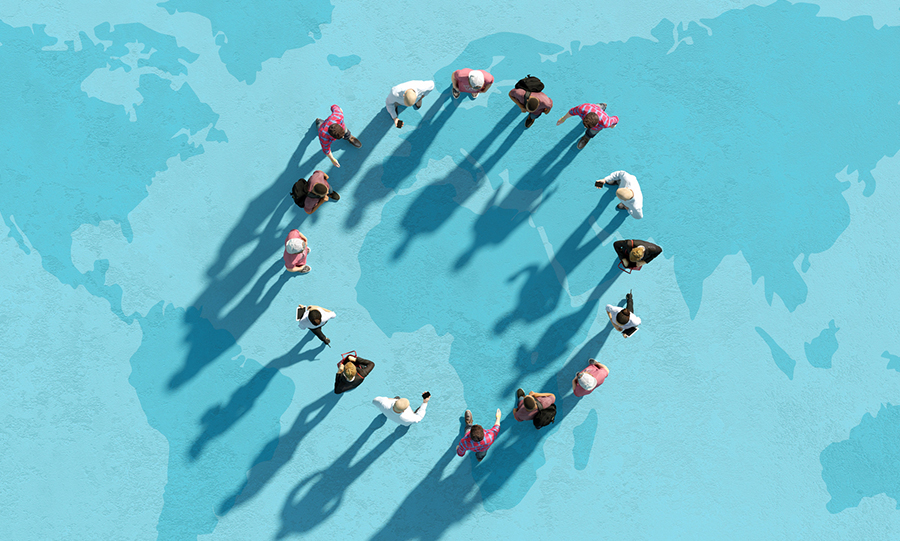Celestial Spectacle: Venus Dazzles Skygazers in Rare Luminous Display
Science
2025-04-20 13:00:00
Venus Dazzles: A Celestial Spectacle in the Morning Sky
Astronomy enthusiasts and sky watchers, get ready for a breathtaking celestial display! On April 24, Venus will reach its peak brilliance in the morning sky, creating a stunning visual treat just two months after its equally impressive evening appearance.
This rapid transition showcases the planet's unique orbital dance, offering stargazers a rare opportunity to witness Venus at its most luminous in quick succession. The planet's extraordinary brightness is a result of its reflective cloud cover and its strategic position relative to Earth and the Sun.
Whether you're an amateur astronomer or simply someone who appreciates nature's cosmic wonders, this is a moment not to be missed. Grab your binoculars or telescope, find a clear viewing spot, and prepare to be mesmerized by Venus's radiant morning performance.
Mark your calendars and set your alarms – this celestial spectacle awaits!
MORE...Infrared Saunas: The Heated Debate Behind the Health Hype
Science
2025-04-20 12:00:00
Debunking Health Claims: The Truth Behind Popular Wellness Trends
In the world of wellness and alternative health, certain practices promise miraculous benefits that sound too good to be true. From claims of lowering blood pressure to magical "detoxification" processes, these trends often capture public attention. But what does medical science really say about these assertions?
Medical experts are increasingly stepping forward to provide clarity on these popular health claims. While many wellness trends sound promising, the scientific evidence often tells a different story. Practitioners and health professionals emphasize the importance of critically examining such claims and relying on evidence-based research.
When it comes to purported health benefits like reduced blood pressure and detoxification, doctors recommend approaching such claims with a healthy dose of skepticism. The human body already has sophisticated natural mechanisms for maintaining health and eliminating toxins through organs like the liver and kidneys.
Understanding the science behind health claims is crucial for making informed decisions about personal wellness. Consulting with healthcare professionals and reviewing peer-reviewed research can help individuals separate fact from fiction in the ever-evolving landscape of health trends.
MORE...Shadows of Horror: The Chilling Mystery Behind Hamline's Notorious Campus Residence
Science
2025-04-20 12:00:00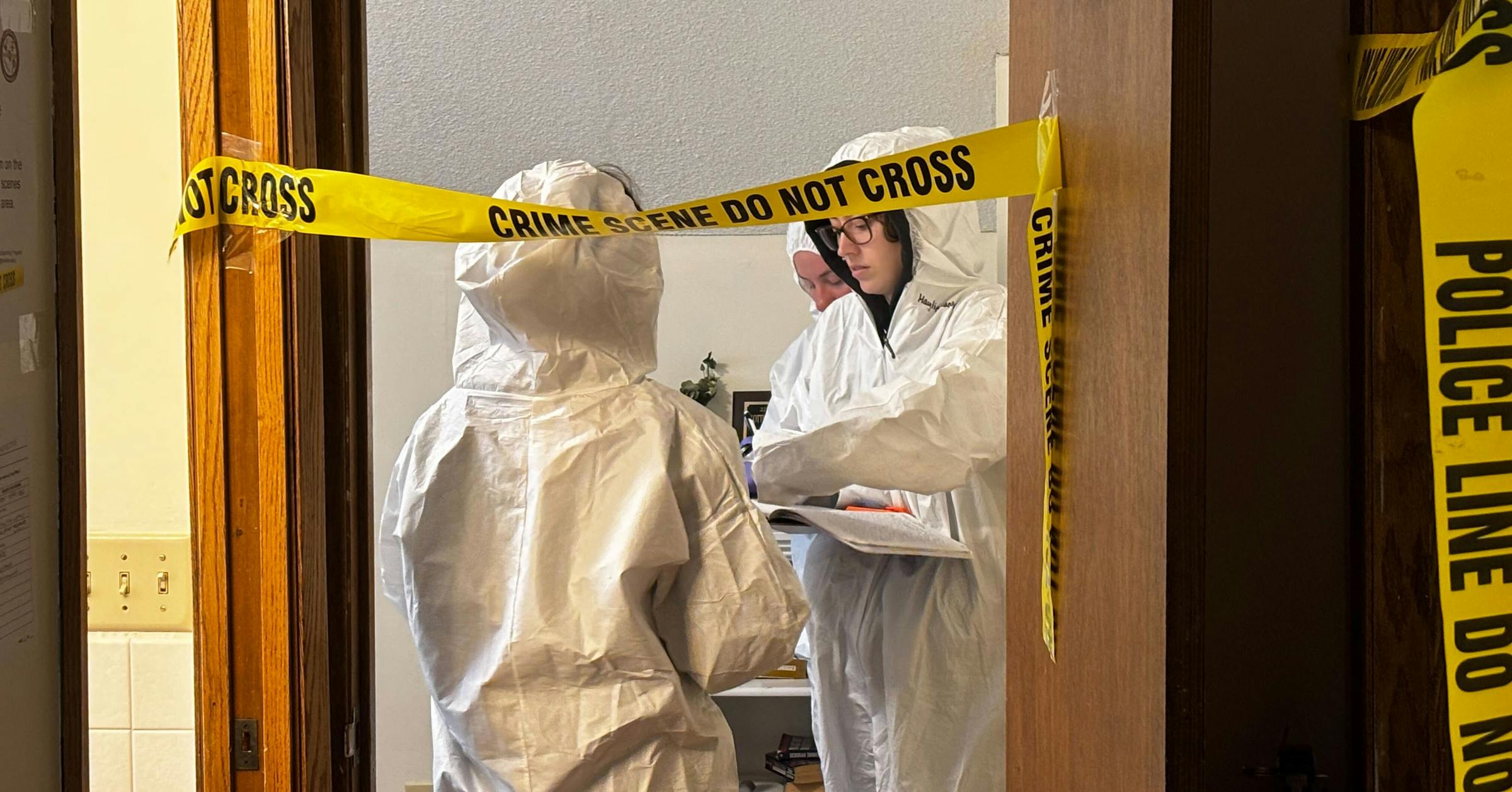
In a fascinating twist on forensic science education, one university has transformed a seemingly ordinary house near its athletic fields into an extraordinary training ground for aspiring criminal investigators. This unique property serves a singular, intriguing purpose: creating meticulously staged crime scenes where forensic science students can hone their investigative skills. The house stands as a living laboratory, where complex murder scenarios are carefully crafted to challenge and develop the analytical abilities of future forensic experts. Students are thrust into realistic investigative situations, learning to process evidence, analyze crime scenes, and unravel the intricate details that could solve a potential homicide. By providing this immersive learning environment, the university offers students an unparalleled opportunity to bridge the gap between theoretical knowledge and practical application. Each simulated crime scene becomes a dynamic classroom, where textbook principles transform into hands-on detective work, preparing students for the complex and critical work of forensic investigation. MORE...
Shark Shock: Unprecedented Behavior Leaves Marine Experts Stunned
Science
2025-04-20 11:30:47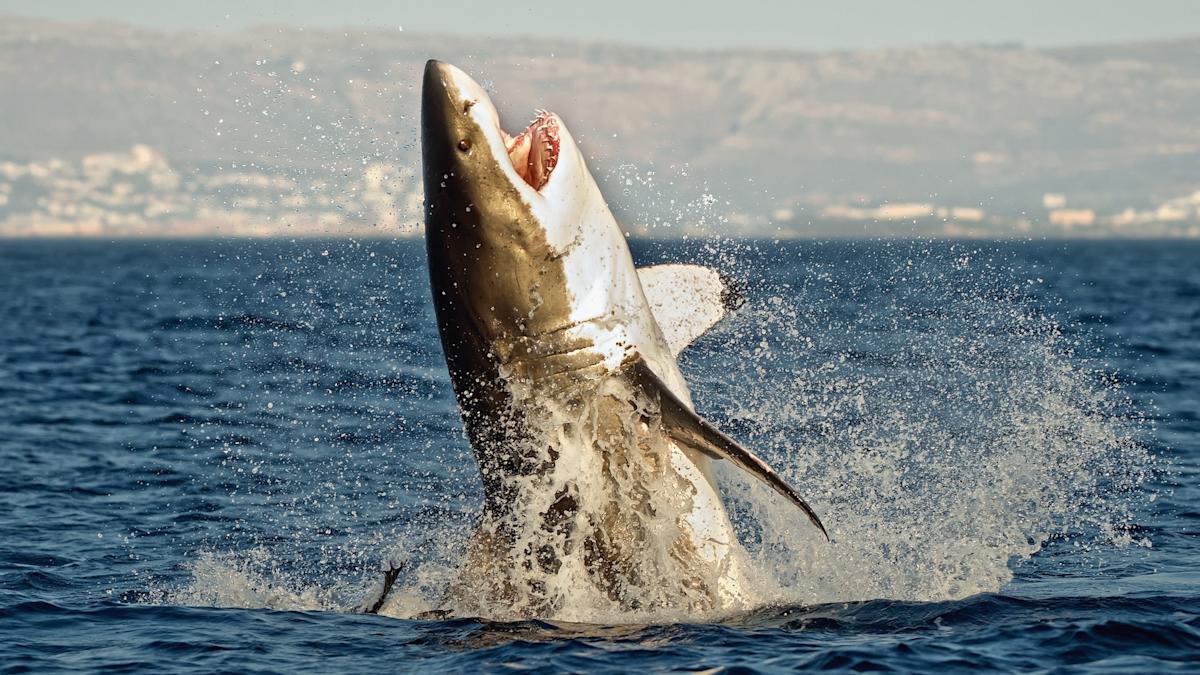
We Can't Stop the Orcas, But We Can Stop the Nets
In the vast, blue expanse of our oceans, a remarkable story of marine rebellion is unfolding. Orcas—intelligent, powerful, and seemingly purposeful—have been engaging in a series of unprecedented interactions with boats along the Iberian Peninsula, challenging our understanding of marine wildlife behavior.
These magnificent creatures are not randomly attacking vessels; they appear to be making calculated interactions with sailing boats, particularly targeting rudders and steering mechanisms. Marine biologists and researchers are both fascinated and perplexed by this emerging pattern of behavior.
While we cannot control or predict the orcas' actions, we can take proactive steps to mitigate potential risks. The most critical intervention lies in reimagining maritime safety strategies and fishing practices that minimize potential conflicts between marine life and human navigation.
By developing innovative, whale-friendly fishing nets and implementing stricter maritime guidelines, we can create a safer environment for both marine mammals and human seafarers. Our response should be one of respect, understanding, and adaptation—not confrontation.
The orcas have sent us a powerful message: they are not passive inhabitants of our oceans, but active, intelligent beings capable of complex interactions. Our challenge is to listen, learn, and coexist.
MORE...Marshmallow Mayhem: The Explosive Science Behind Microwaving Peeps
Science
2025-04-20 10:30:37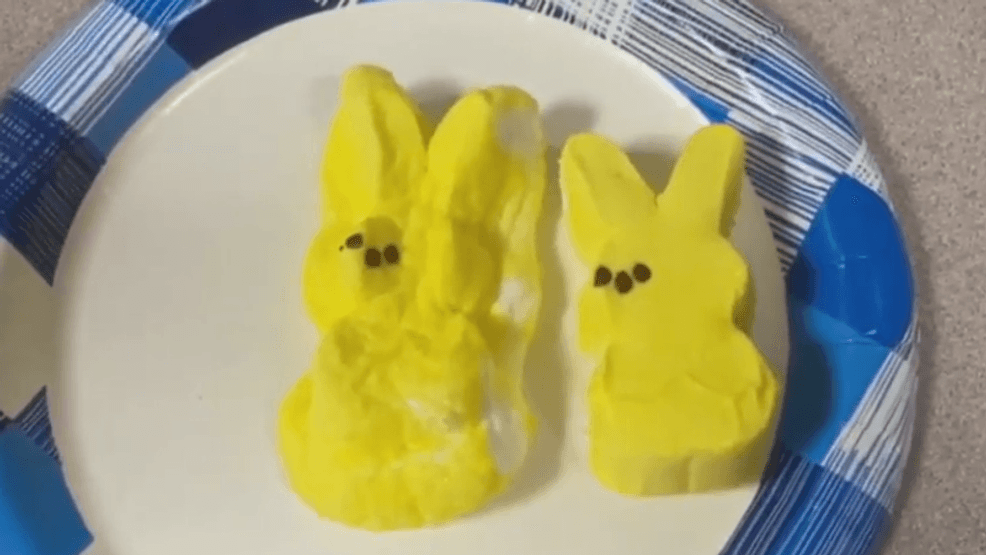
The Great Peep Microwave Experiment: A Sunday Science Easter Special
This Easter, our intrepid science team embarked on a delightfully quirky culinary experiment that combined childhood nostalgia with scientific curiosity. Armed with a marshmallow Peep and a microwave, we set out to explore the fascinating transformation that occurs when these sugary treats meet intense heat.
What happens when a Peep enters the microwave is nothing short of mesmerizing. In mere seconds, this innocent-looking confection undergoes a dramatic metamorphosis that would make any science enthusiast's eyes light up with wonder.
Our mission? To observe, document, and marvel at the unexpected scientific spectacle that unfolds when sugar, gelatin, and microwave radiation collide in a sweet, puffy dance of molecular excitement.
Stay tuned for the full, marshmallowy details of our egg-citing Easter science adventure!
MORE...Ancient Treasure Unveiled: The Millennia-Old Pysanka That Rewrites Easter Egg History
Science
2025-04-20 10:00:00
Archaeologists have unearthed an extraordinary artifact that rewrites the history of decorative art: the world's oldest known pysanka, a meticulously adorned duck egg discovered nestled within an ancient trash pit. This remarkable find offers a fascinating glimpse into early artistic expression, revealing the intricate craftsmanship of our ancestors long before modern decorative techniques emerged. The delicately embellished egg represents a stunning example of prehistoric creativity, challenging previous understanding of ornamental practices. Its discovery not only highlights the sophisticated artistic skills of early cultures but also provides valuable insights into the symbolic and cultural significance of decorated eggs in ancient societies. Researchers are particularly excited about this unique artifact, which demonstrates that the tradition of decorating eggs—a practice often associated with cultural celebrations and rituals—dates back much further than previously believed. The pysanka serves as a remarkable testament to human creativity and the enduring human impulse to transform ordinary objects into works of art. MORE...
Bringing the Dead Back: How Science Is Rewriting the Rules of Life and Death
Science
2025-04-20 09:15:04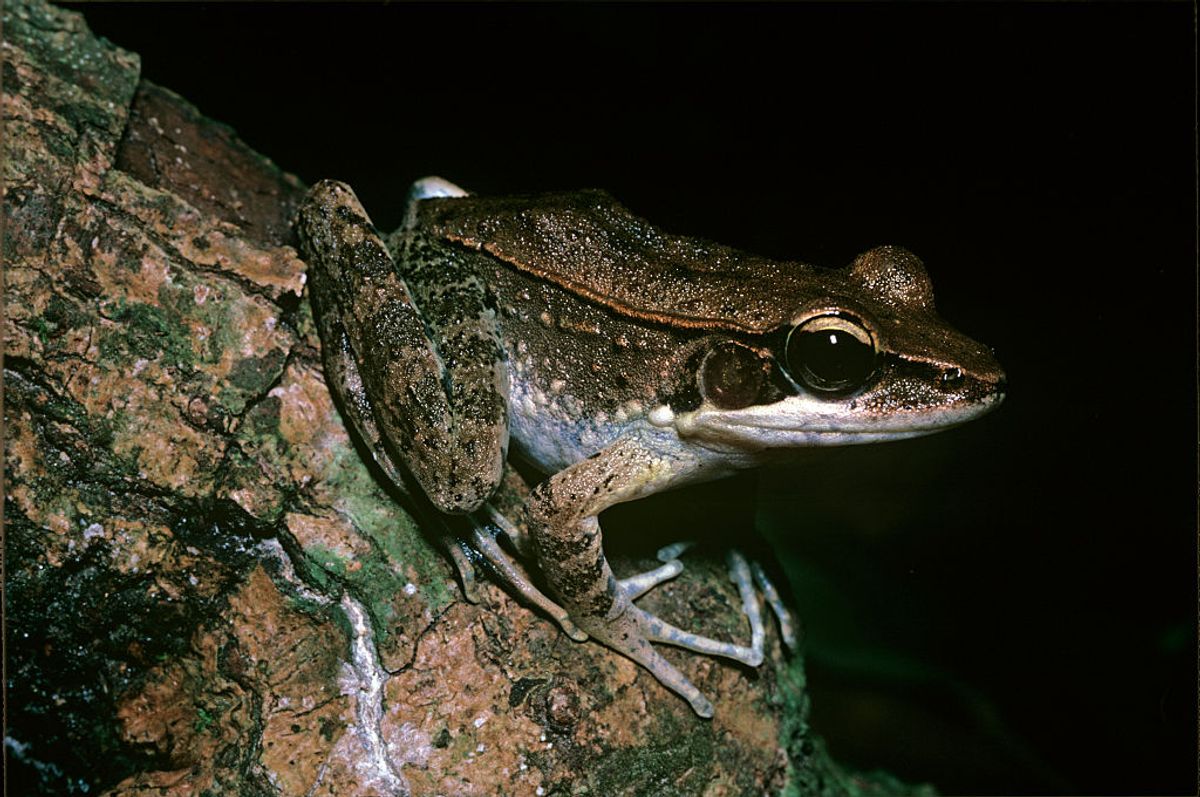
In the remarkable world of nature, some extraordinary creatures have developed an almost miraculous ability to defy death itself. These resilient organisms push the boundaries of biological survival, demonstrating an incredible capacity to revive and regenerate when most would consider their life force extinguished. From microscopic organisms to more complex life forms, nature has engineered stunning survival mechanisms that challenge our understanding of life and death. Tardigrades, often called "water bears," can survive extreme conditions that would obliterate most living things. These tiny creatures can withstand temperatures near absolute zero, radiation exposure, and even the vacuum of space by entering a state of cryptobiosis - essentially suspending their metabolic processes. Similarly, certain species of frogs and salamanders possess extraordinary regenerative capabilities. They can regrow lost limbs, heal severe wounds, and even recover from conditions that would be fatal to other animals. Some jellyfish species take this concept even further, with the ability to revert to an earlier stage of their life cycle, effectively becoming "immortal" by resetting their biological clock. These remarkable survival strategies are not just scientific curiosities, but profound demonstrations of life's incredible adaptability and resilience. They remind us that in nature, the boundary between life and death is far more fluid and complex than we might imagine. MORE...
Beyond Black and White: What Our DNA Really Reveals About Human Diversity
Science
2025-04-20 09:00:58
In the midst of escalating cultural tensions, the intersection of science, race, and national identity has once again come into sharp focus. As President Donald Trump launches a critique of the Smithsonian Institution, alleging the promotion of "anti-American ideology," renowned geneticist Adam Rutherford offers a compelling scientific perspective that challenges long-held misconceptions about human diversity. Genetics has revolutionized our understanding of race, dismantling outdated and harmful notions of biological difference. Through rigorous scientific research, experts like Rutherford have demonstrated that race is fundamentally a social construct, not a biological reality. The genetic variations among humans are remarkably subtle, with more diversity existing within so-called racial groups than between them. Modern genetic science reveals a complex narrative of human migration, intermixing, and shared ancestry that defies simplistic racial categorizations. Our genetic heritage tells a story of interconnectedness, challenging the divisive narratives that seek to separate and stratify human populations. As political rhetoric continues to weaponize concepts of identity, scientific understanding provides a crucial counterpoint. Rutherford's work illuminates the profound truth: we are far more alike than different, united by our common human experience and genetic heritage. MORE...
The Mysterious Contagion: Why Yawns Spread Like Viral Whispers
Science
2025-04-20 09:00:00
Have you ever wondered why yawning seems to be contagious? Scientists have delved into this fascinating phenomenon, uncovering some intriguing insights into why we tend to yawn when we see someone else do it. Recent research suggests that this seemingly simple behavior is deeply rooted in human empathy and social connection. When we observe someone yawning, our brain's mirror neuron system kicks into gear, creating an almost involuntary urge to yawn ourselves. It's like an unconscious form of emotional synchronization that connects us to those around us. Interestingly, the tendency to catch a yawn varies among individuals. Some people are more susceptible to this contagious behavior than others, which may be linked to our capacity for empathy and social bonding. Children with autism, for example, typically show less of this yawning response, highlighting the complex social nature of this seemingly mundane action. While the exact evolutionary purpose remains a mystery, scientists believe that contagious yawning might have played a role in early human communication and group cohesion. It's a subtle yet powerful reminder of our deeply interconnected social nature, where even something as simple as a yawn can create an invisible thread of connection between people. So the next time you find yourself yawning after seeing someone else do it, remember - it's not just a coincidence, but a fascinating glimpse into the intricate workings of human social interaction. MORE...
When Curtains Rise on Granular Physics: How Theater Artists Uncover Scientific Secrets in Sand
Science
2025-04-20 02:13:24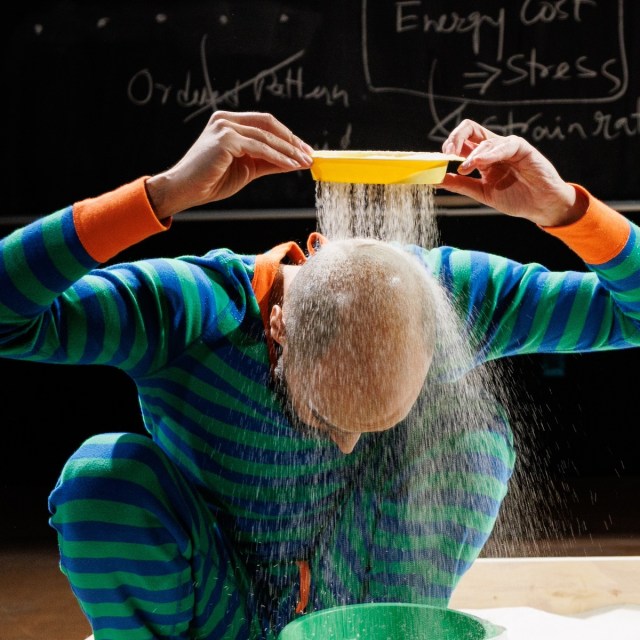
The lecture hall buzzed with anticipation as Dr. Elena Rodriguez stepped forward, her eyes sparkling with scientific passion. Sand cascaded through her fingers, a simple yet profound demonstration of a complex scientific discipline that would soon captivate her audience. The blackboard behind her was a canvas of intricate equations and diagrams, telling a story far more complex than the seemingly simple grains of sand she held. An hourglass stood prominently on the demonstration table, alongside a carefully prepared sandbox and sophisticated projection equipment. Rheology, the science of flow and deformation of matter, was about to come alive through her dynamic presentation. Dr. Rodriguez understood that this field was more than abstract mathematics—it was about understanding how materials behave under different conditions, from the tiniest grain of sand to massive geological formations. As she began her lecture, the audience leaned forward, drawn into the fascinating world where physics, materials science, and fundamental understanding of matter's behavior intersected. Each equation, each carefully placed grain of sand, told a story of movement, resistance, and the hidden dynamics that govern our physical world. Her demonstration would reveal how seemingly solid materials could flow like liquids, how stress and strain interplay in complex substances, and how rheology impacts everything from industrial processes to understanding natural phenomena. The lecture was about to transform their understanding of matter itself—one grain of sand at a time. MORE...
- 1
- 2
- 3
- 4
- 5
- 6
- 7
- 8
- 9
- 10
- 11
- 12
- 13
- 14
- 15
- 16
- 17
- 18
- 19
- 20
- 21
- 22
- 23
- 24
- 25
- 26
- 27
- 28
- 29
- 30
- 31
- 32
- 33
- 34
- 35
- 36
- 37
- 38
- 39
- 40
- 41
- 42
- 43
- 44
- 45
- 46
- 47
- 48
- 49
- 50
- 51
- 52
- 53
- 54
- 55
- 56
- 57
- 58
- 59
- 60
- 61
- 62
- 63
- 64
- 65
- 66
- 67
- 68
- 69
- 70
- 71
- 72
- 73
- 74
- 75
- 76
- 77
- 78
- 79
- 80
- 81
- 82
- 83
- 84
- 85
- 86
- 87
- 88
- 89
- 90
- 91
- 92
- 93
- 94
- 95
- 96
- 97
- 98
- 99
- 100
- 101
- 102
- 103
- 104
- 105
- 106
- 107
- 108
- 109
- 110
- 111
- 112
- 113
- 114
- 115
- 116
- 117
- 118
- 119
- 120
- 121
- 122
- 123
- 124
- 125
- 126
- 127
- 128
- 129
- 130
- 131
- 132
- 133
- 134
- 135
- 136
- 137
- 138
- 139
- 140
- 141
- 142
- 143
- 144
- 145
- 146
- 147
- 148
- 149
- 150
- 151
- 152
- 153
- 154
- 155
- 156
- 157
- 158
- 159
- 160
- 161
- 162
- 163
- 164
- 165
- 166
- 167
- 168
- 169
- 170
- 171
- 172
- 173
- 174
- 175
- 176
- 177
- 178
- 179
- 180
- 181
- 182
- 183
- 184
- 185
- 186
- 187
- 188
- 189
- 190
- 191
- 192
- 193
- 194
- 195
- 196
- 197
- 198
- 199
- 200
- 201
- 202
- 203
- 204
- 205
- 206
- 207
- 208
- 209
- 210
- 211
- 212
- 213
- 214
- 215
- 216
- 217
- 218
- 219
- 220
- 221
- 222
- 223
- 224
- 225
- 226
- 227
- 228
- 229
- 230
- 231
- 232
- 233
- 234
- 235
- 236
- 237
- 238
- 239
- 240
- 241
- 242
- 243
- 244
- 245
- 246
- 247
- 248
- 249
- 250
- 251
- 252
- 253
- 254
- 255
- 256
- 257
- 258
- 259
- 260
- 261
- 262
- 263
- 264
- 265
- 266
- 267
